Best Backpacking Trips
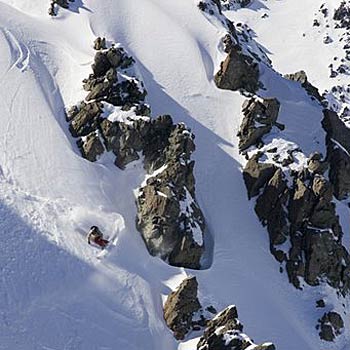
If you are looking to tackle a super long 15-20 day trek on the West Coast, check out the whopping 223-mile John Muir trail that runs from Yosemite…
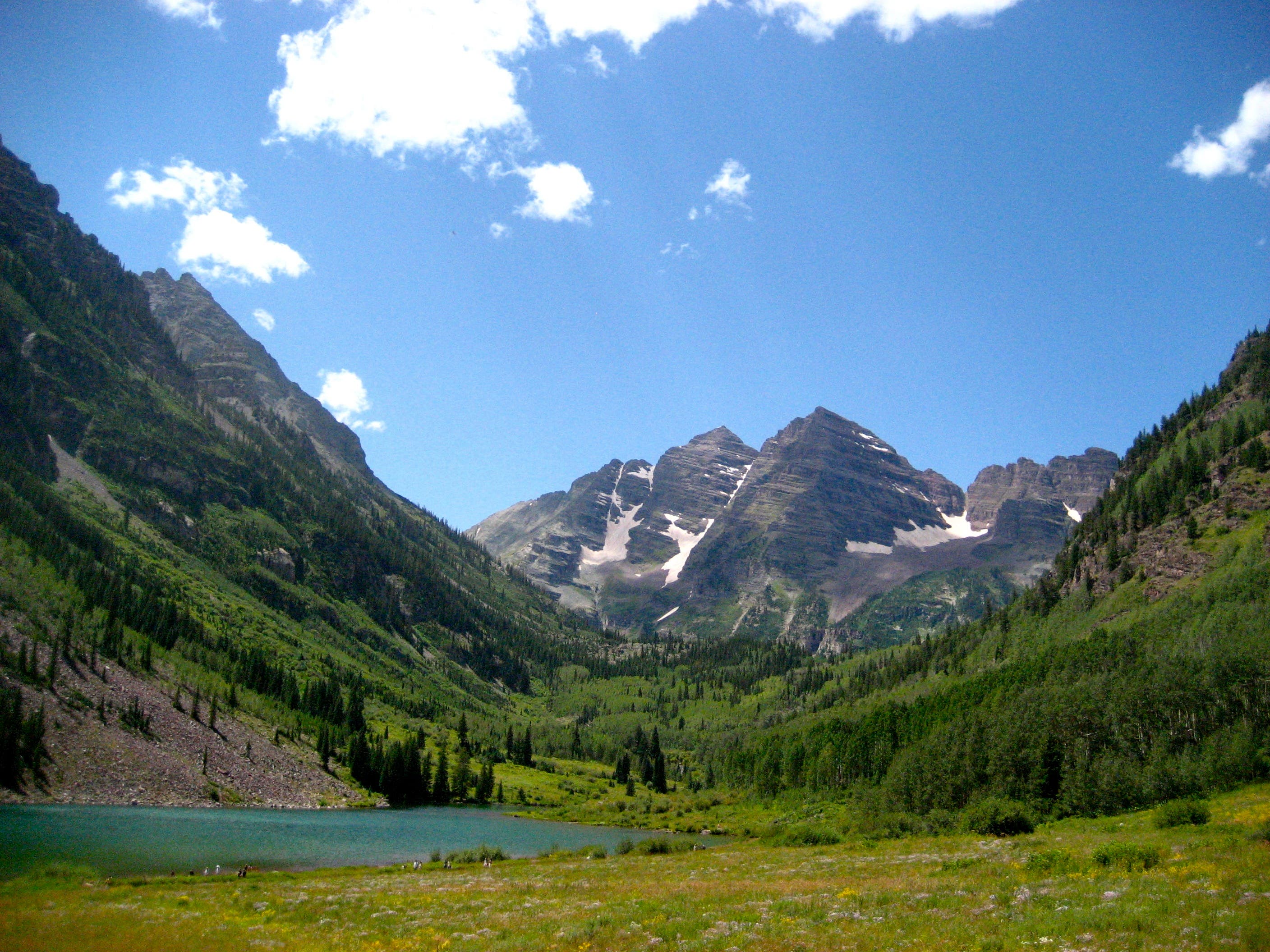
The Maroon Bells Loop, near Aspen, is an iconic trek for a reason. The four-day, three-night hike is best during the late summer when the wildflowers are out of control, or fall when the aspen leaves are changing. The route is fairly strenuous, it crosses four passes—Buckskin, Trail Rider, Frigid Air, and West Maroon—over 28 miles giving you a total of 10,000 feet of elevation gain, but the scenery is so gorgeous that you won’t even notice. Bring along your fishing pole (and licensce) and try to catch some trout for dinner. Wake up early to get some great shots of 14,156-foot Maroon Peak, which the loop circumambulates. Parking at the Maroon-Snowmass Trailhead can be a pain, so take the shuttle from Aspen for free. Another option, if you are looking to really get away from everyone for a few days, is hiking from Aspen into Crested Butte by taking the East Maroon Trail over East Maroon Pass to Gothic. Stock up on trail foods at City Market and delicious specialty cheeses at Spec Foods & Cheese of Aspen to fancy-up the trip a little before embarking on the 14-mile journey which starts at the East Maroon Wilderness Portal seven miles from town. The trail follows a glacial valley interspersed with open meadows filled with wildflowers, aspens, and spruce. Camp at Copper Lake near the top of the pass so you can enjoy some great views in the morning when you get up to finish the hike.
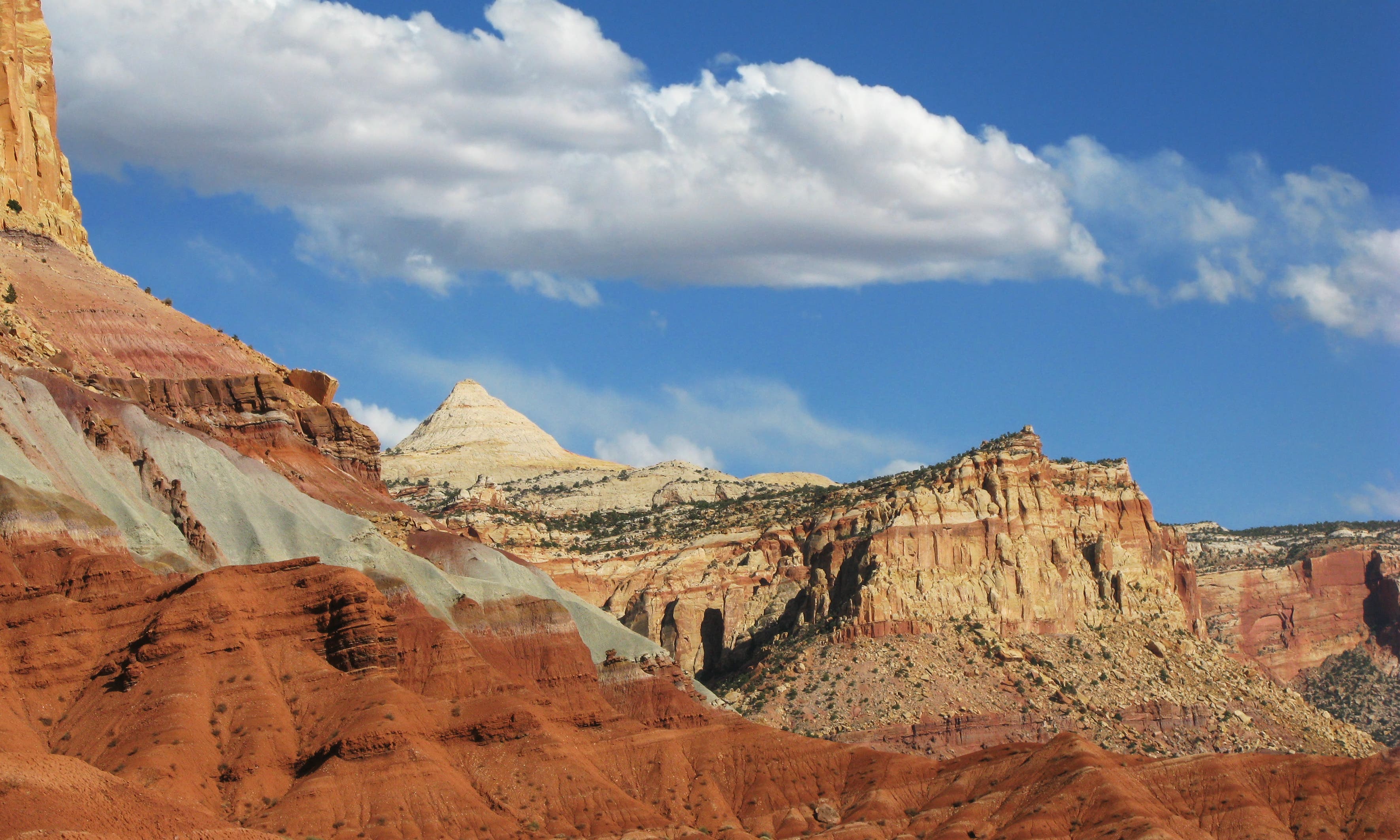
Capitol Reef National Park is legendary Utah minus the crowds. Skip the parks in southern Utah and instead head for this often overlooked area filled with a diverse array of wildlife, plants, and geological formations. Try checking this place out in October when the pinched slot canyons and cottonwood groves are most deserted. For a beautiful, but strenuous 10-mile day hike, start at the Chimney Rock trailhead, following the Chimney Rock Loop Trail until you can leave the trail, heading northeast down a separate canyon. After a mile or so, throw down your packs and take advantage of awesome bouldering in a side canyon to the left. There’s no need for a crash pad since the canyon bottom is sandy and soft. After a jaunt on the rocks, keep going north through the slot canyons. Keep an eye out for groups of desert big horn sheep. For another short side trip, head north up Spring Canyon to locate some of the natural springs. Arrange for a friend to pick you up at the end of your hike at milepost 83 (14.5 miles north of Torrey, UT). When all the side trips are said and done, you can turn this short day hike into a bit more of a physical challenge, adding up to about a whopping 17 miles for the day. Before heading out, make sure to check Fremont River’s levels. If it has been rained the previous week or so, the river can be wide and raging, forcing you to take a swim in order to cross to your pick-up point.
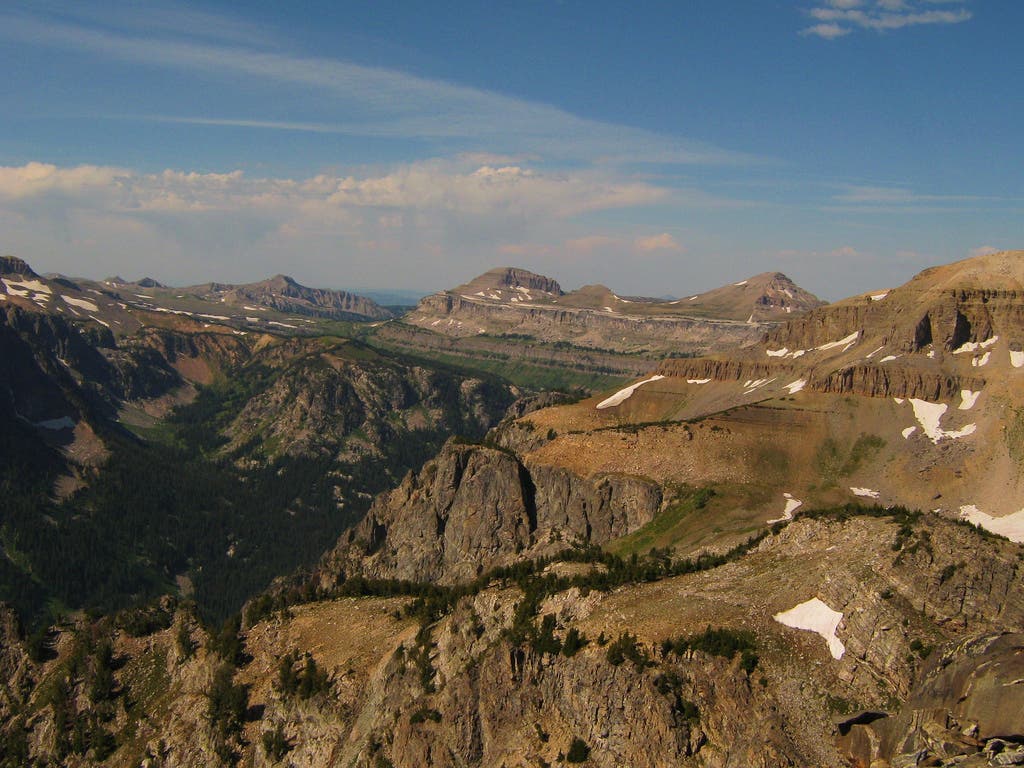
Take a weekend to get away from the hordes in Grand Teton National Park and opt for a less-traveled backpacking route in the southern Tetons. This particular route links Open Canyon, Mt. Hunt Divide, Granite Canyon, Alaska Basin, and Static Peak Divide in a 30.5-mile loop with spectacular views of the Teton spires. The area, filled with rugged canyons, tons of wildlife, wildflower-strewn plateaus, and gorgeous mountain vistas around every turn, is a great alternative to marching like ants up the Grand. Instead, savor the solitude as you head towards Phelps Lake and Open Canyon. Some day hikers will be on that first stretch, but, as soon as the sun begins to set, they’ll be scurrying back to their RV’s. Cruise 11.4 miles on the Open Canyon and Teton Crest Trails, 10,131-foot Spearhead Peak and camp on top of Death Canyon Shelf. When you wake up in the morning, stroll over to the edge of the canyon for some elk spotting while you sip a hot drink and slowly wake up. The second day is packed with great scenery and hiking that isn’t too strenuous, so you can really enjoy your surroundings. Climb up 11,303-foot Static Peak to get a great panorama of the area. At the end of the day, camp in Death Canyon, putting you in the perfect place to close the loop with an easy four miles back to the trailhead the following morning. Try tacking on an extra day at the end of your weekend and summiting the Middle Teton to really get your heart rate up. The route is never crowded and has the best view of the Grand in the whole park.
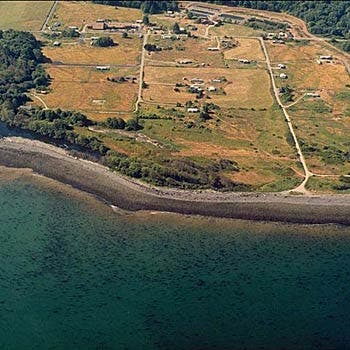
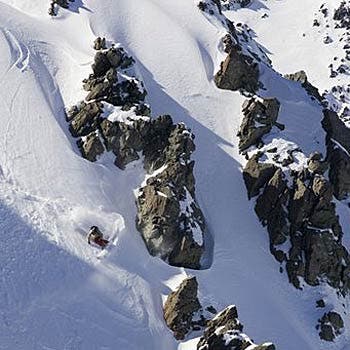
If you are looking to tackle a super long 15-20 day trek on the West Coast, check out the whopping 223-mile John Muir trail that runs from Yosemite Valley to Mount Whitney, mostly in conjunction with the Pacific Crest Trail. If you just want a taste, hike a Yosemite classic, the Vernal and Nevada Falls trail. This section of trail has everything—waterfalls, canyons, slabs of granite, conifers, and incredible vistas. The eight-mile loop is no secret, but if you get an early start, you’ll be able to avoid other people as well as the heat. From the Happy Isles Shuttle stop #16, which you can catch in front of the grocery store in Yosemite Village, follow the dusty path along the Merced River for less than a mile towards Vernal Falls. Go across the footbridge, going right on the Mist Trail where all the tourists who came to see the falls in flip-flops will fall behind. There are spectacular views of the water cascading down over Vernal Falls. At the top of the overlook, there are some awesome wading pools. It is tempting to slip in for a welcomed relief from the hot summer, but resist the temptation because swimmers have been known to be caught by the swift current only to meet disaster on the way down the falls. After a head dunk, perhaps, continue ascending to another few switchbacks to see Nevada Falls. Turn right to follow the John Muir Trail southwest back toward the valley and past more waterfalls and wading areas.